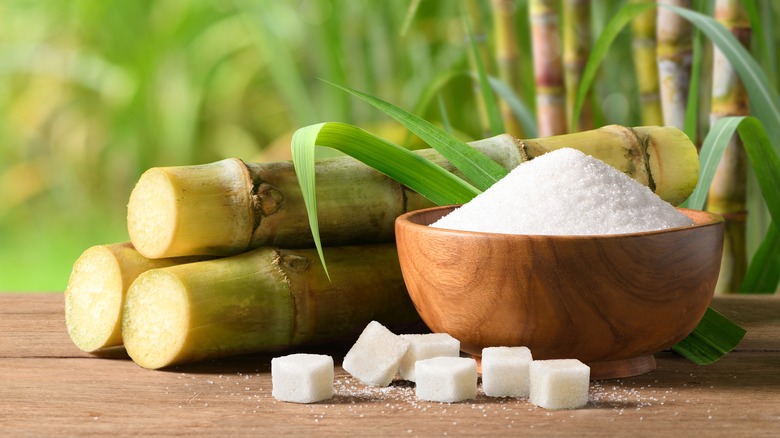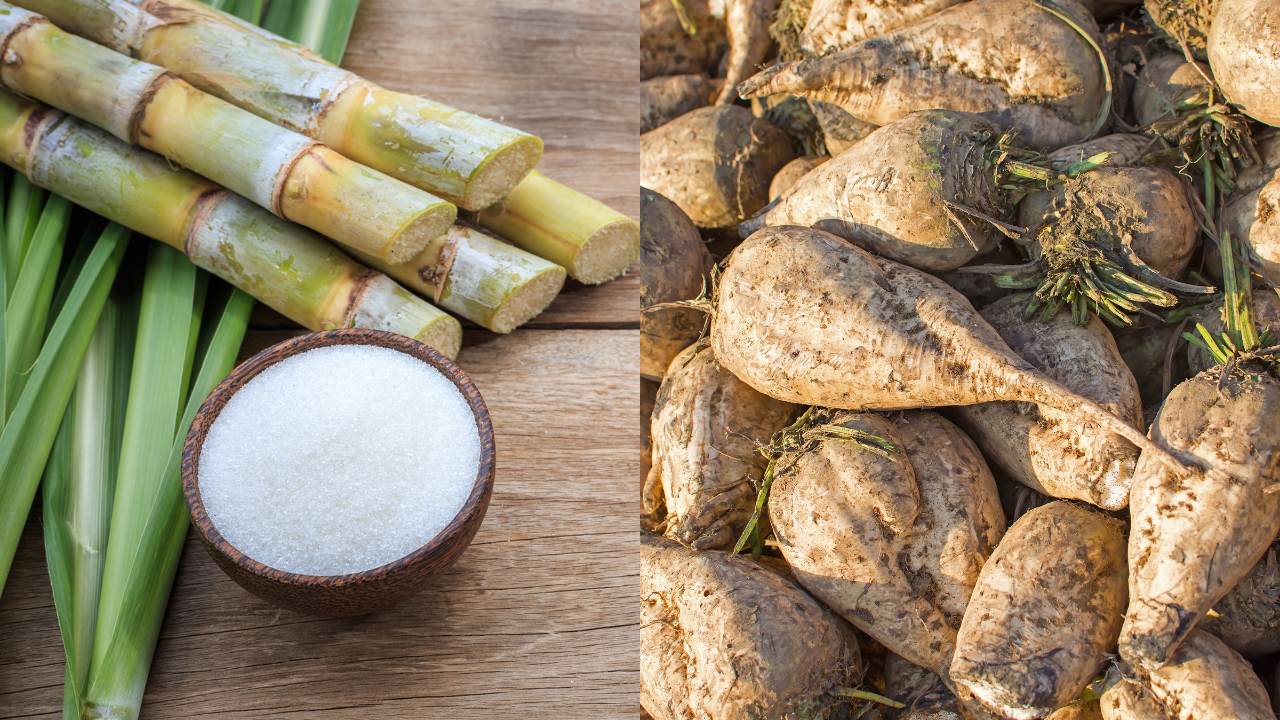Examining beet sugar vs cane sugar reveals distinctions in price differences and distribution.
Wiki Article
Exploring the Distinctions being used and Benefits In Between Beet Sugar Vs Cane Sugar
In the cooking globe, the choice between beet sugar and cane sugar is not just concerning sweetness but includes a nuanced consideration of taste, application, and influence. While both sugars stem from different plants, each undergoes unique production processes that subtly affect their characteristics and suitability for numerous meals. As chefs and consumers progressively prioritize both the ecological and flavor accounts of their active ingredients, recognizing these differences comes to be important. This expedition offers insight into exactly how each sugar kind can best improve cooking developments.Origins and Production Procedures of Beet and Cane Sugar

Cane sugar, on the various other hand, comes from the sugarcane plant, a tropical grass belonging to Southeast Asia today grown in exotic zones worldwide. The production of cane sugar begins with the harvesting of cane stalks, which are squashed to launch the juice. This juice is then boiled to concentrate it, after which it is spun in centrifuges to create raw sugar crystals. These crystals are additional improved to create the white sugar typically available in stores.

Nutritional Material and Wellness Considerations

When comparing the nutritional content of beet sugar and cane sugar, it becomes obvious that both kinds essentially supply the same caloric values, with about 16 calories per teaspoon and no significant nutrient variety. Each is composed practically completely of sucrose, which is a straightforward carbohydrate that offers fast energy yet does not have vitamins, minerals, or fiber. This resemblance includes their influence on wellness, specifically worrying blood glucose degrees. Both sugars, when eaten over, can add to elevated blood sugar levels, a danger aspect for diabetic issues and various other metabolic conditions. Furthermore, too much consumption can lead to weight gain and oral problems, as both sugars are just as cariogenic, promoting tooth decay. From a health and wellness viewpoint, regulating intake of any kind of sugar, whether from beet or cane, is a good idea to avoid these potential negative results on wellness. Hence, neither holds an unique advantage over the various other in terms of health advantages.
Flavor Accounts and Culinary Applications
In spite of their similar chemical structures, beet sugar and cane sugar vary subtly in taste, which can influence their usage in different cooking contexts. Walking cane sugar typically brings a tip of molasses, also in its refined kind, lending a cozy, caramel-like undertone that improves baked goods, coffee, and chocolate-based recipes. On the other hand, beet sugar is defined by its very improved, neutral preference, making it a functional sugar that does not modify the taste profiles of meals.Environmental Influence and Sustainability
While both read more beet and cane sugars are originated from plants, their environmental effects differ substantially due to the distinct techniques of growing you could check here and handling required for each. Sugar beet cultivation often includes substantial automation, which can boost fossil fuel intake and carbon emissions. Nevertheless, beets can be expanded in cooler environments and require less irrigation, possibly lowering water usage compared to sugarcane. Sugarcane, on the other hand, is commonly grown in tropical areas where it counts greatly on irrigation and a longer growing duration, boosting its water footprint.Moreover, the handling of sugarcane typically generates a considerable amount of waste, consisting of bagasse, which, although usable as biofuel, often contributes to air pollution if burned inefficiently. Sugar beet processing uses even more of the raw products, causing less waste. Both markets face obstacles in minimizing their environmental impacts, but continuous developments in farming practices and waste monitoring are aiming to boost sustainability.
Economic Factors Affecting the Sugar Industry
The financial characteristics of the sugar sector are significantly influenced by worldwide market demands and trade policies. In areas where sugarcane or sugar beet manufacturing is subsidized, manufacturers might have a monetary benefit that allows them to use reduced costs on the worldwide market.In addition, variations in worldwide demand for sugar, influenced by dietary patterns and industrial use in food, directly impact prices and production levels. beet sugar vs cane sugar. Climate condition additionally play a pivotal function, as they can substantially impact plant returns and, subsequently, the supply chain. This irregularity presents a degree of financial unpredictability that can bring about financial investment volatility in sugar production fields, influencing decisions from growing to market method
Final Thought
In final thought, both look at this site beet and cane sugar have unique top qualities that suit various cooking requirements. While cane sugar conveys a rich taste ideal for improving baked goods, beet sugar's neutrality is excellent for lighter dishes.Report this wiki page